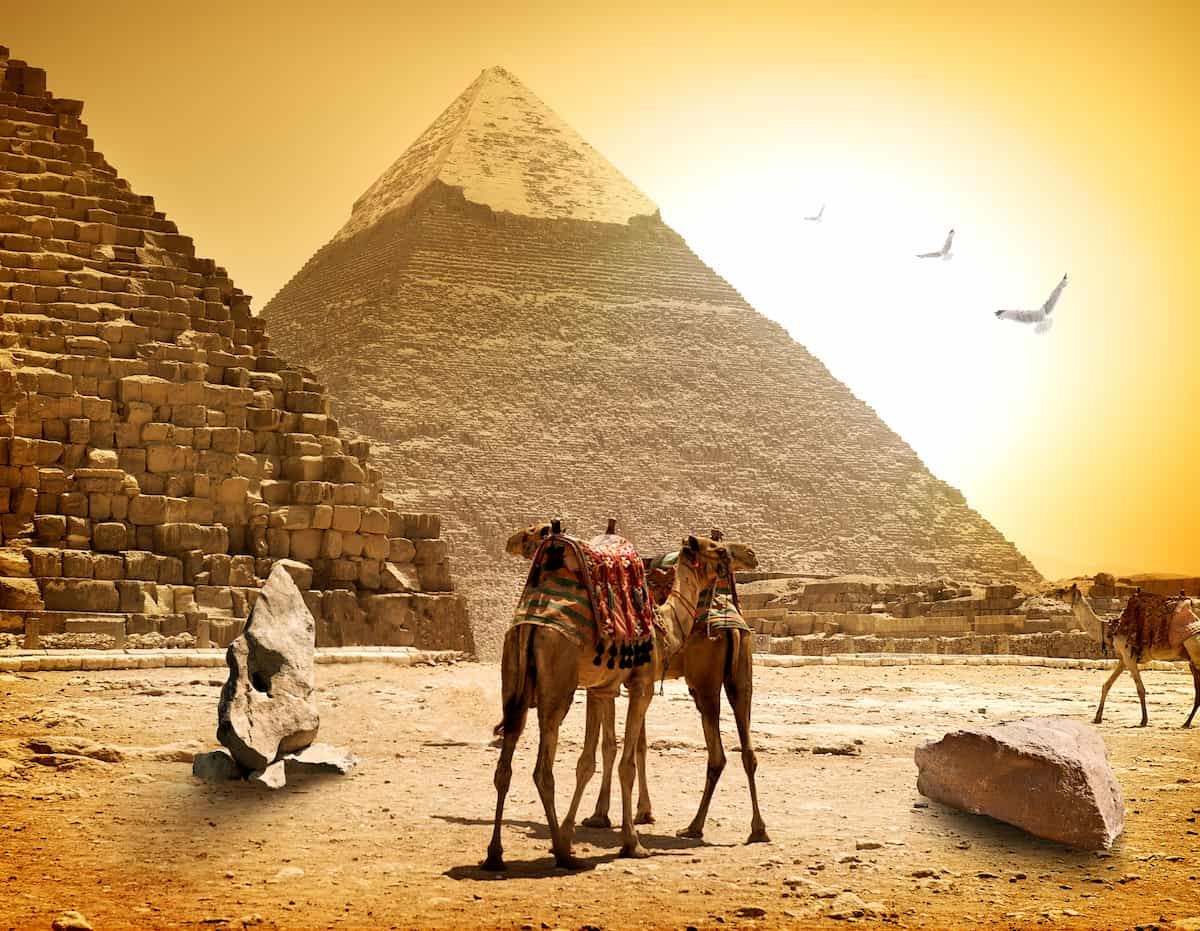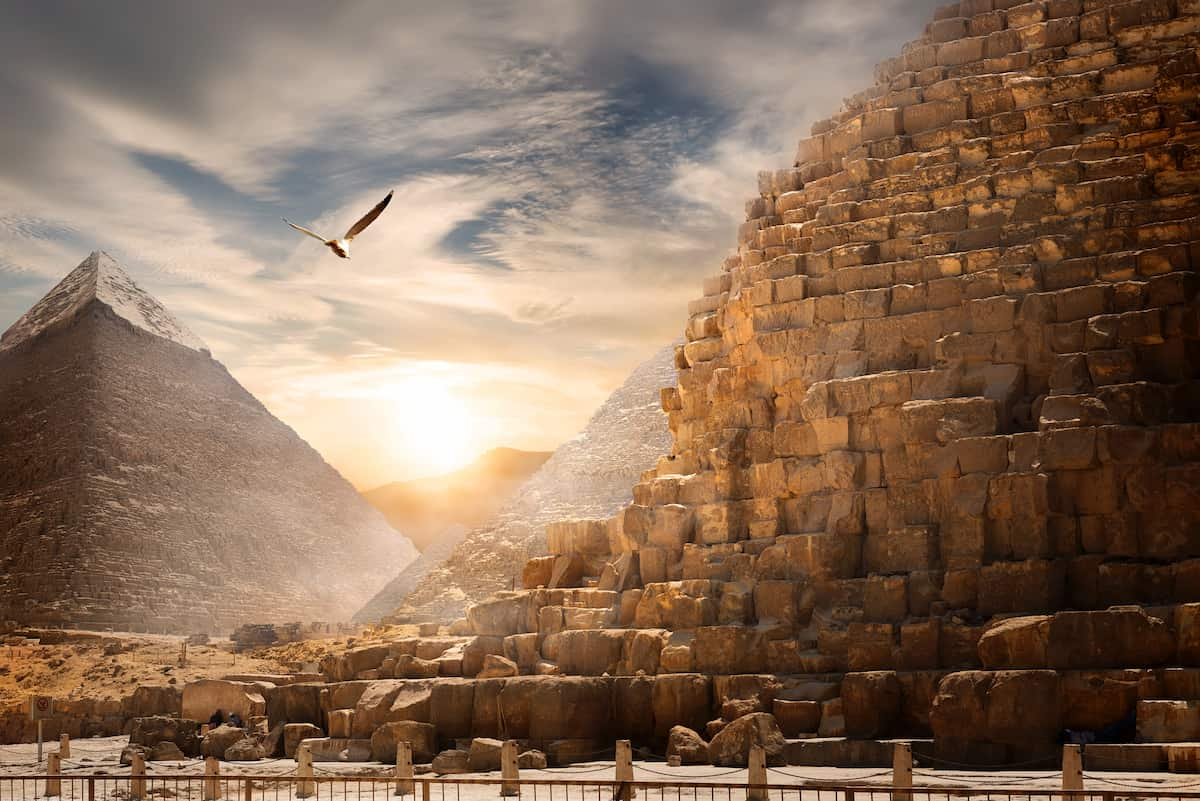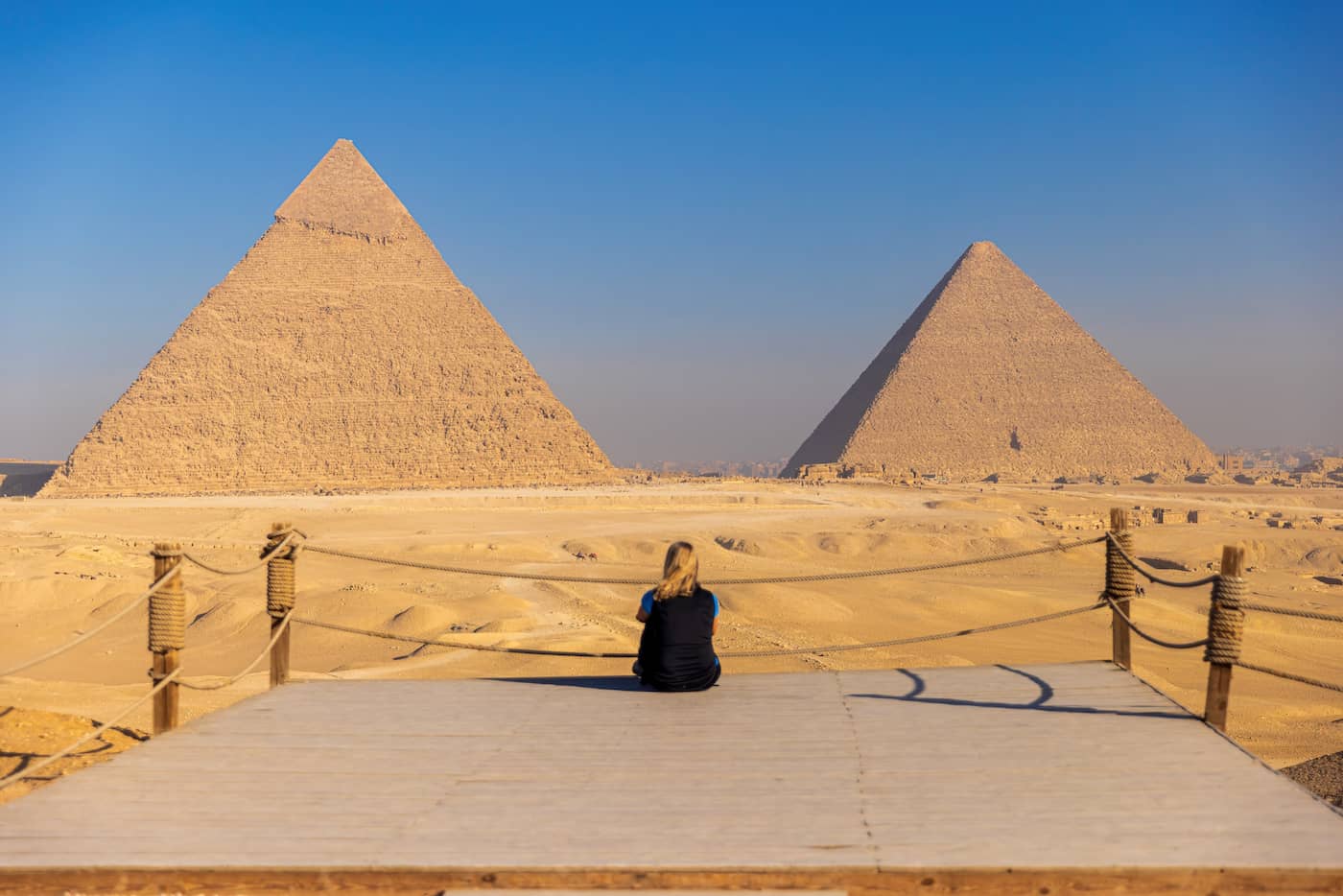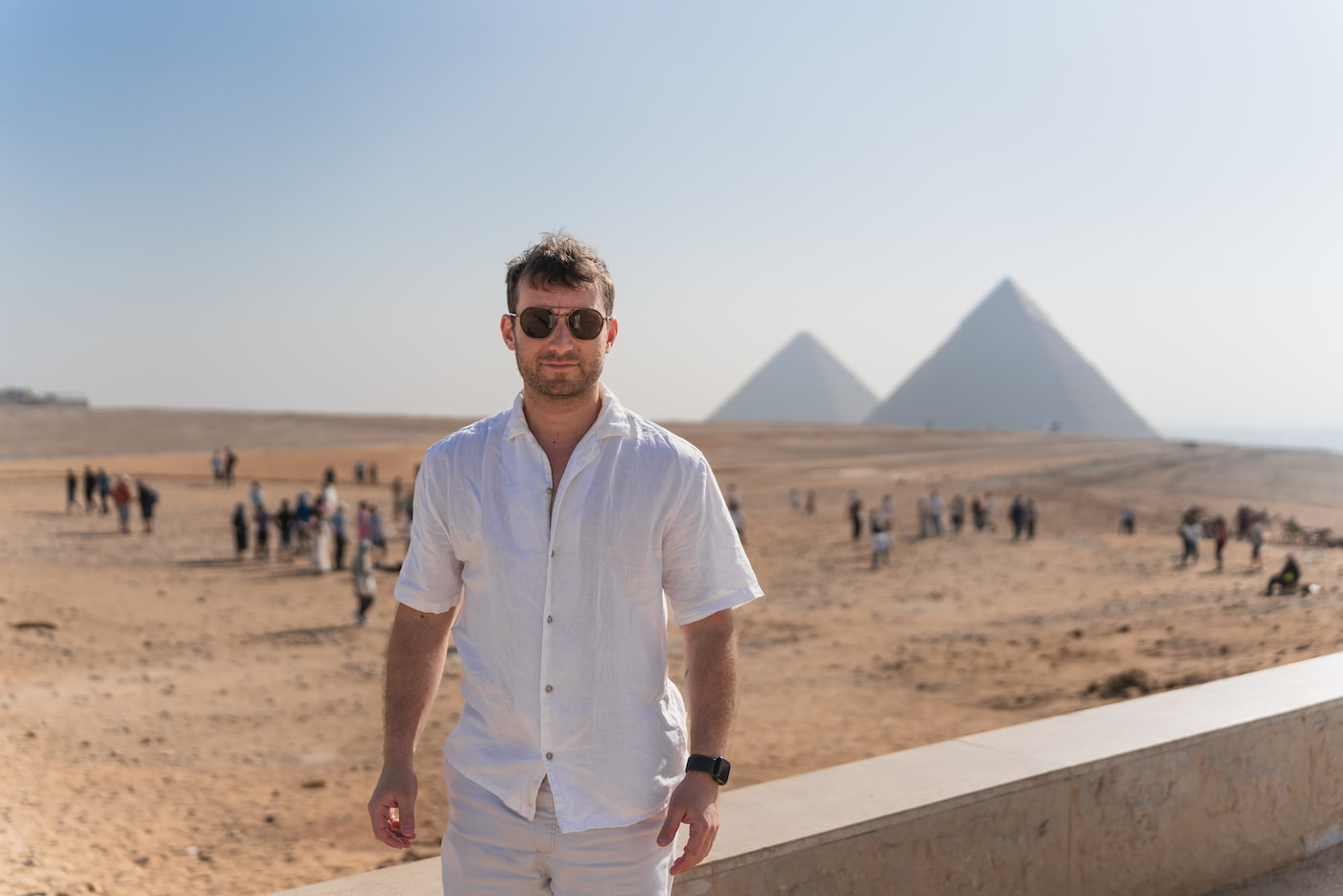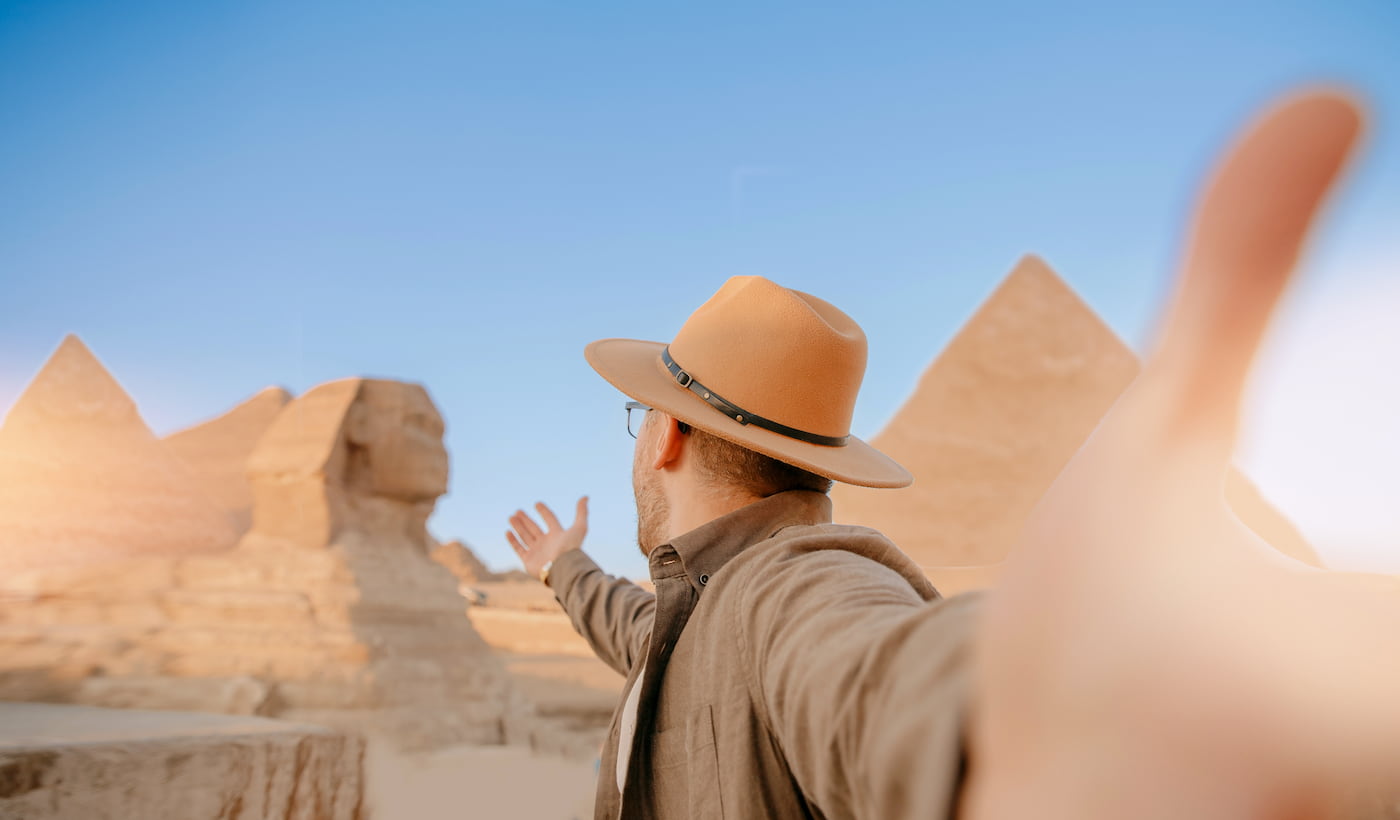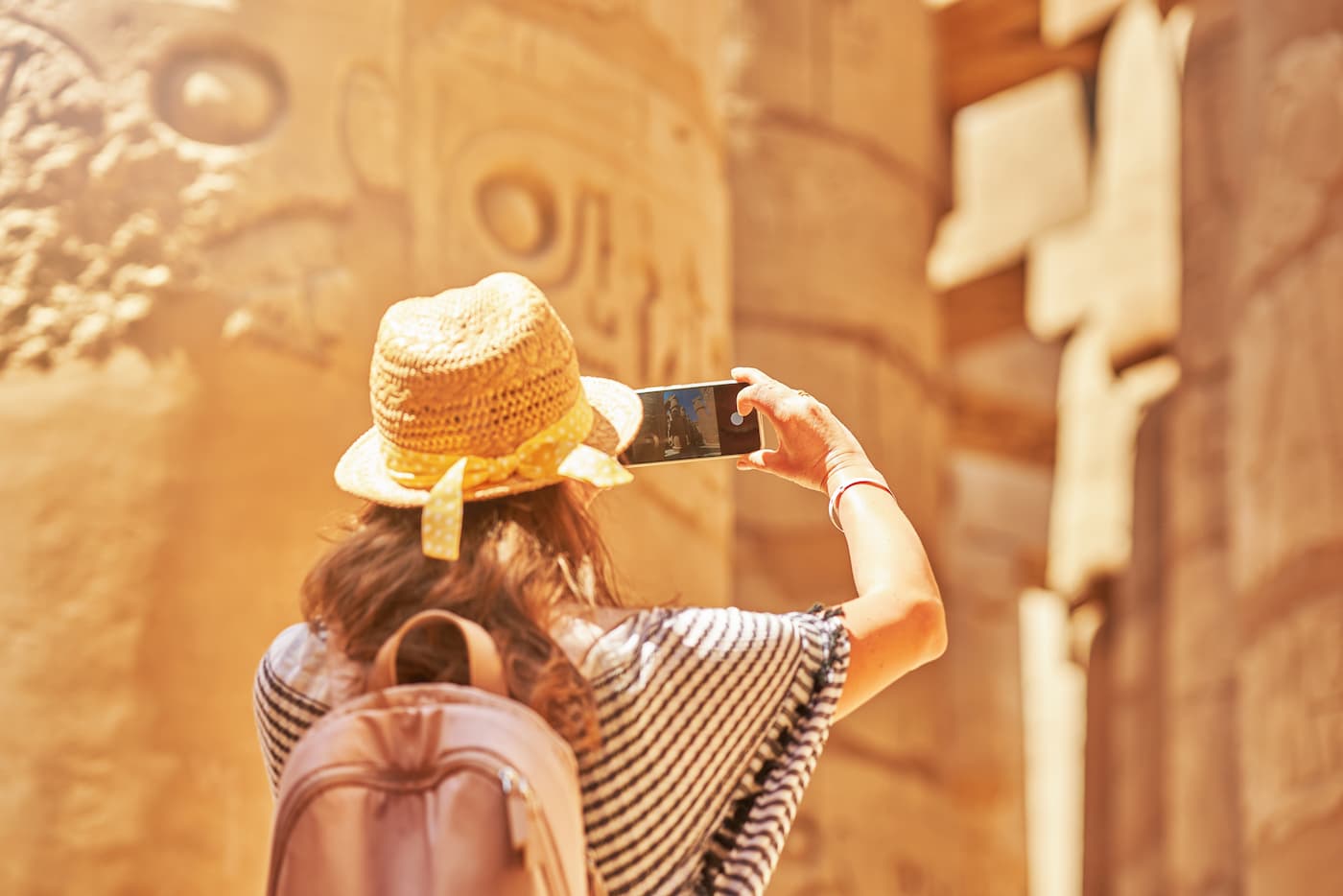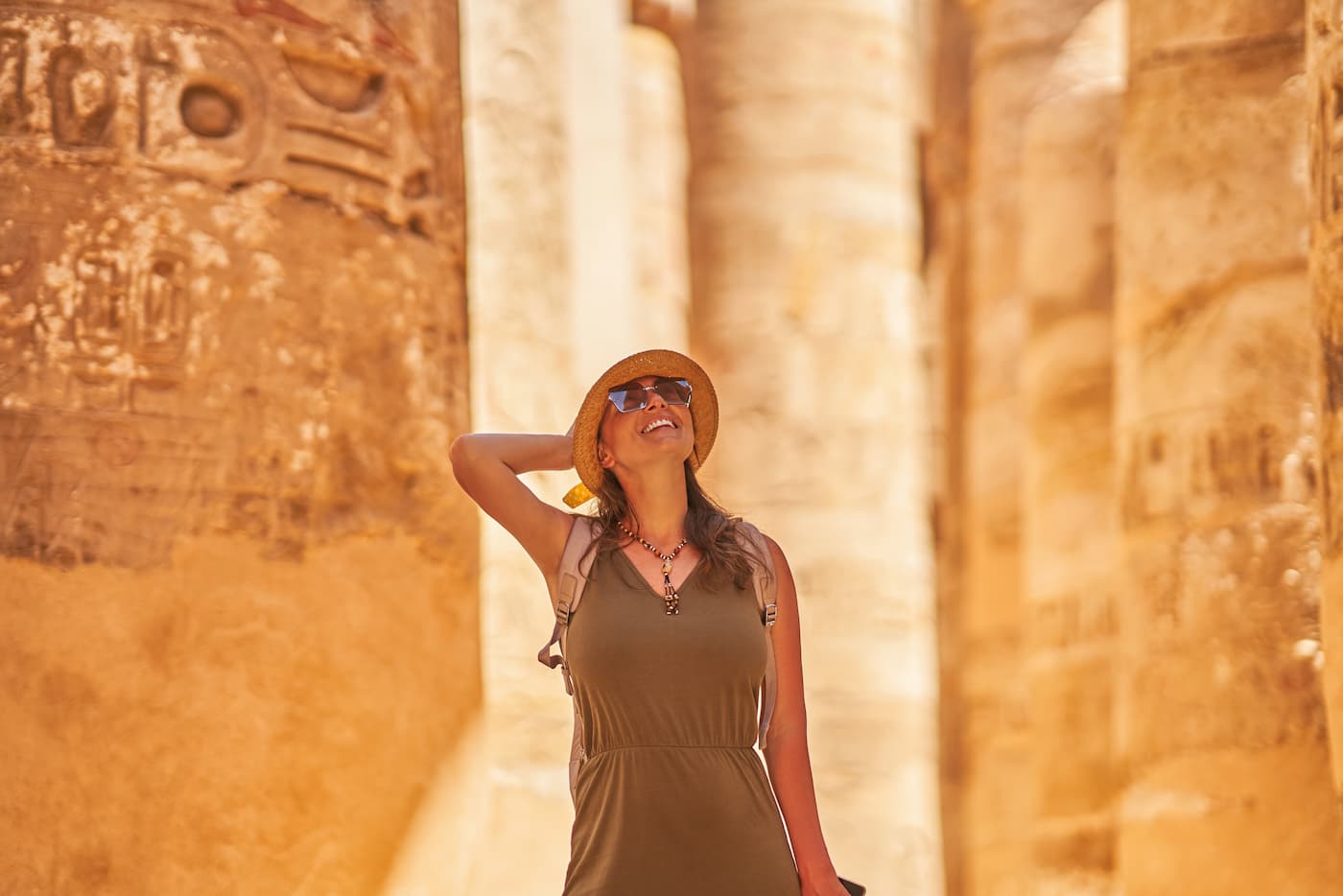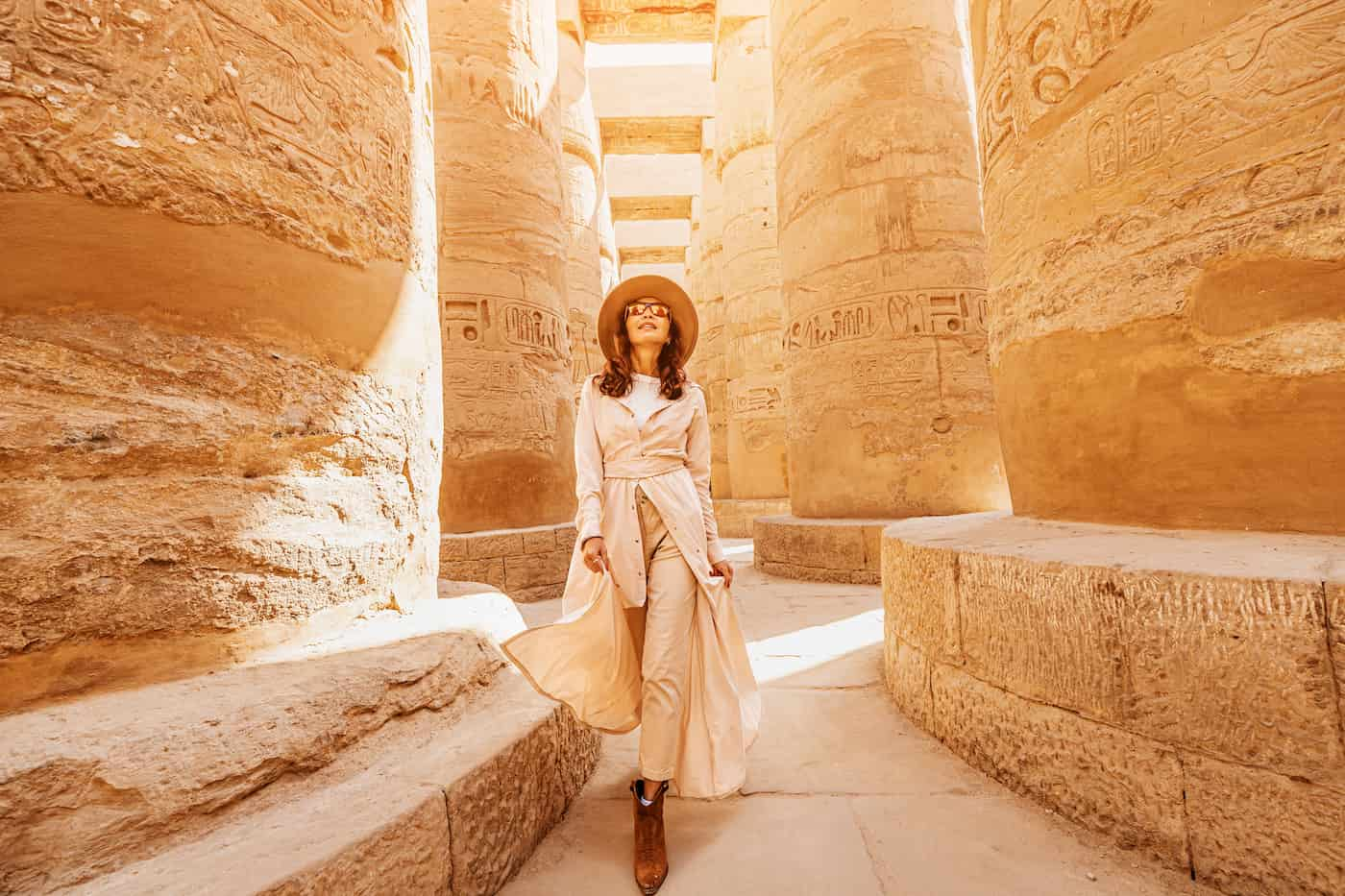Ancient Egyptian Calendar History, Facts, And Information
Ancient Egyptian calendar had a 365-day solar municipal calendar. One month had five epagomenal days and three 120-day seasons. Each season contained four 30-day months. These twelve months were originally numbered by season, but they later became associated with their holidays. Every month had three 10-day decals. The Nineteenth and Twentieth Dynasties royal craftsmen may have regarded the last two days of each decan as a weekend.

The Egyptian calendar was a day behind the solar year every four years due to its quarter-day shorter year. The wandering year calendar changed the months approximately a day in the solar year every four years. (Latin: annus vagus). Augustus created the Alexandrian or Coptic calendar because Egyptian priests and citizens protested Ptolemy III’s Canopus Decree’s sixth epagomenal day every four years. After adding a leap day, the Egyptian calendar followed the revised Julian calendar but diverged from the Gregorian calendar for most centuries.
The Astronomical Calendar of Ancient Egypt
The beginning of Akhet (inundation) happened during the helical rising of the Sirius star (Serpent & Sothis), which roughly matched the solar year and is only 12 minutes shorter, as the ancient Egyptians observed over 5000 years ago. Additionally, it should be remembered that the length of the sidereal year was just 12 minutes longer than the tropical year, which affected the flooding and produced 25 days throughout Ancient Egypt’s known history.

Astrology And Mythology
Sepdet, the Egyptian star goddess, emerged during the Nile flood. After her husband Osiris, the monarch of the underworld was killed by his brother Set, the God of war, chaos, and the desert, Isis, the Grand Mother of all gods and nature, cried and created the Nile flood. They also believed that Sepdet was the cosmic representation of Isis.

Ancient Egyptian Calendar System
The earliest ancient Egyptian calendar focused on the flood period (achet) from June to October. which coated the area in rich, fertile black mud and prepared it for the agricultural and growing season (peret). The harvest season (schemu) began and ended with the new Nile flood every 80 days at the end of February. Ancient Egyptian agriculture followed this cycle. Three seasons comprised the civil year. Ancient Egypt employed three calendar systems.
The Earliest Ancient Egyptian Calendar
In contrast to other early civilizations that started months with the first seating of the new crescent, the earliest calendar, which was based on a 12-month lunar cycle, began each month’s first day when the old moon crescent was not visible in the east at sunrise. A thirteenth month was intercalated to keep a connection to the serpent’s helical ascent.
The Following Egyptian Calendar
The second calendar, which began in 2900 BCE, had 365 days divided into three seasons. each of which had four months. Each month had a duration of 30 days. This developed as a result of careful examination of the serpent’s helical ascent. A fifth epagomenal day was added at the conclusion of the year, making a total of 12 months with 30 days on this calendar. It was referred to as a wandering calendar and used for administrative purposes.
The Last Egyptian Calendar
The third calendar, which was in use in the fourth century, synchronized the lunar cycle with the Gregorian calendar. The 25 civil years that make up the calendar are nearly equivalent to the 309 lunar months. The clergy resisted many calendar changes, including the Ptolemaic dynasty’s 239 BCE leap year. The Roman Senate instituted a leap year in 23 BCE to reconcile the lunar and public calendars. After 1460 years, the calendar was off by a year because one day grew every four years.

Days, Times, and Hours in the Egyptian Calendar
Each day had a unique name in the lunar calendar, and the civil calendar listed the days by the corresponding months. These names were used to identify the main moon phases. Secular hours, whose durations primarily relied on the time of the year, were divided into days. The day was first divided into 24 temporal hours by the ancient Egyptians. They realized that a summer hour was longer than a winter hour in terms of daylight.
Ancient Egyptians devised a variety of timekeeping devices, such as shadow clocks, which worked by using a bar’s shadow to cross four markers; the length and position of the shadow indicated the time. The difficulties they had in sighting the sun and the stars led them to also develop the water clock (clepsydra). Water would drip from one container into another through a tiny hole, and the marks on each container would indicate how many hours had elapsed.
It is possible to find some of the first specimens of a water clock in the Magical temple of Karnak. For the 1582 Gregorian calendar reform, Alexandrian Roman philosopher Claudius Ptolemy separated the equinoctial hour into 60 minutes and cataloged over 1,000 stars in 48 constellations. The ancient Egyptians understood early on that time is the most valuable coin.



